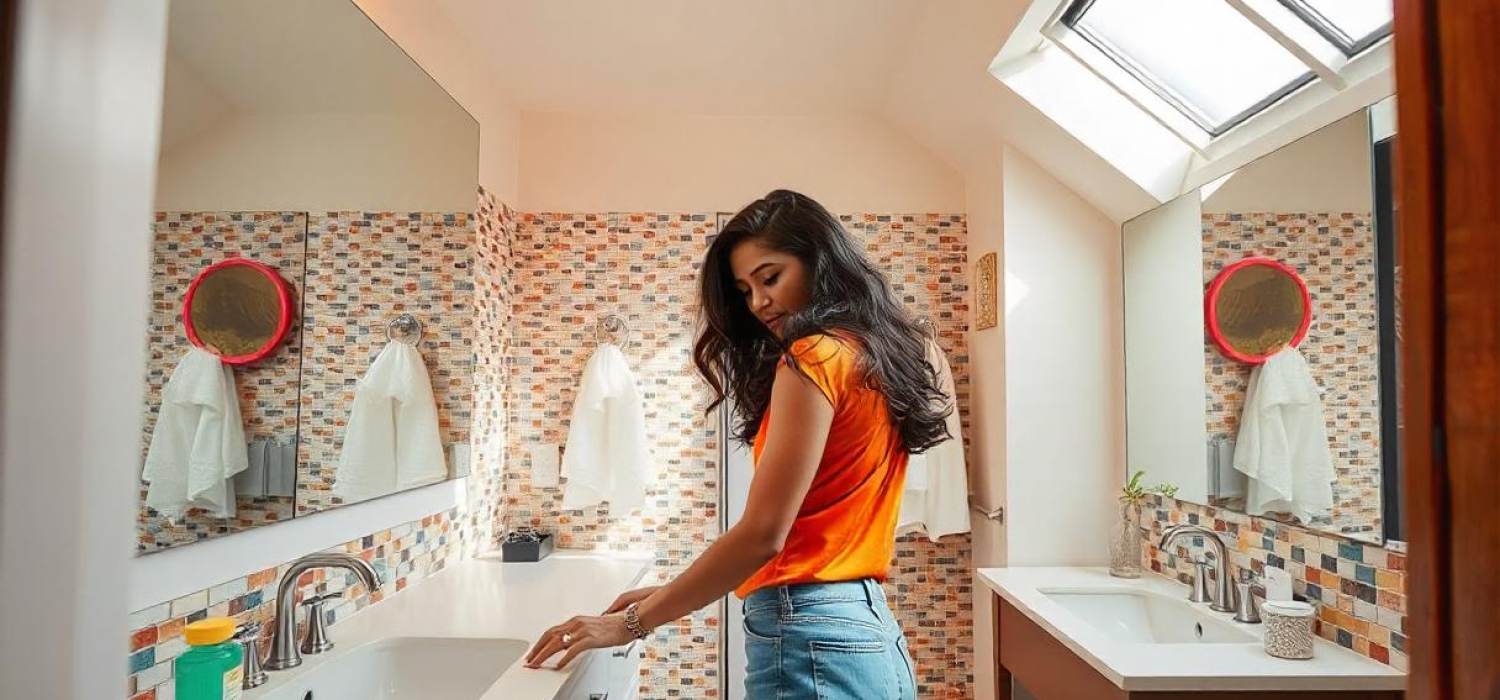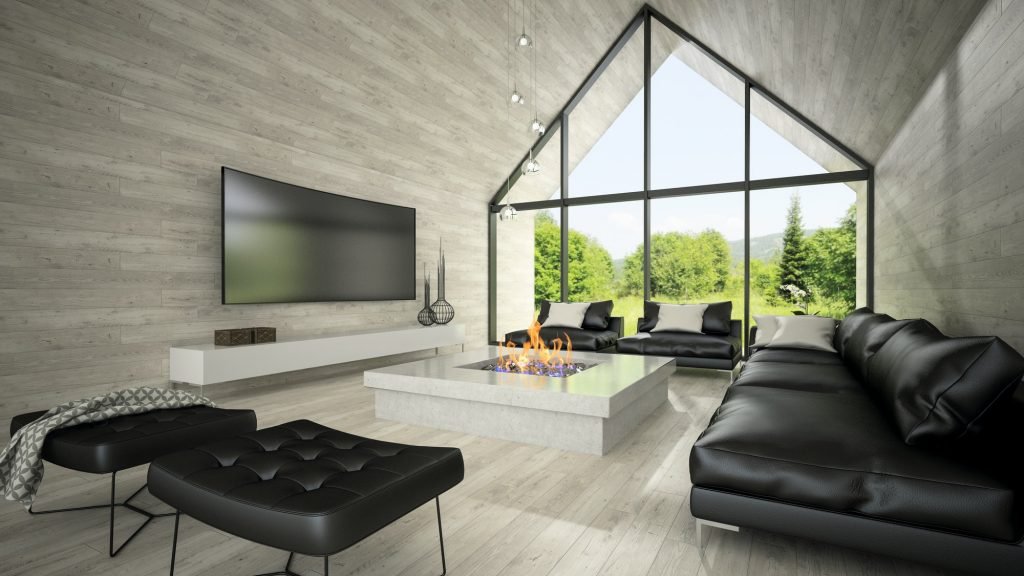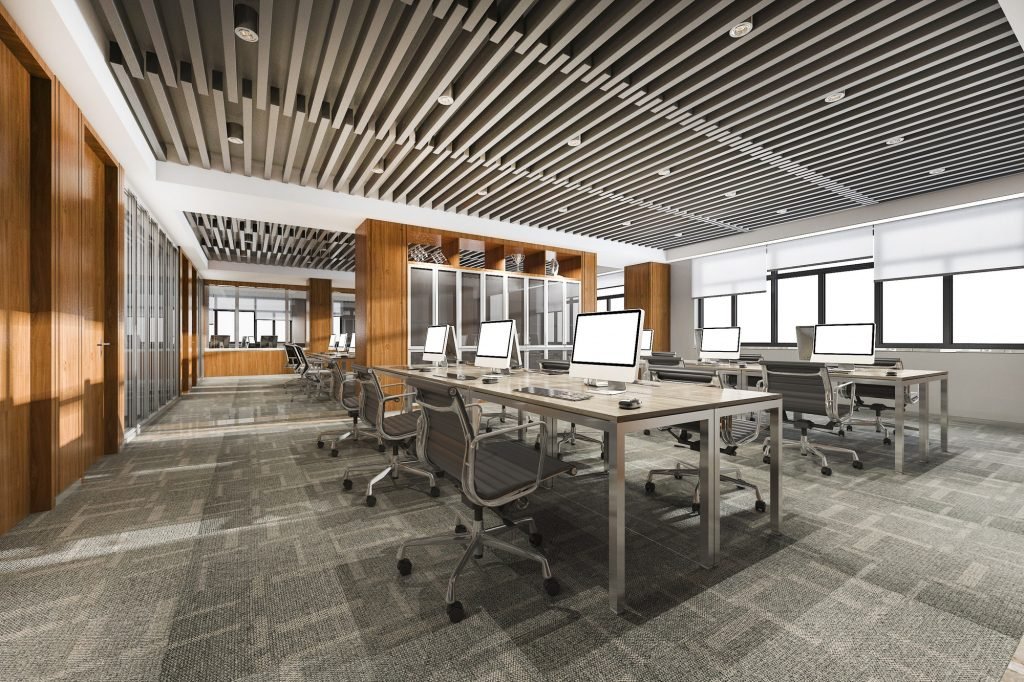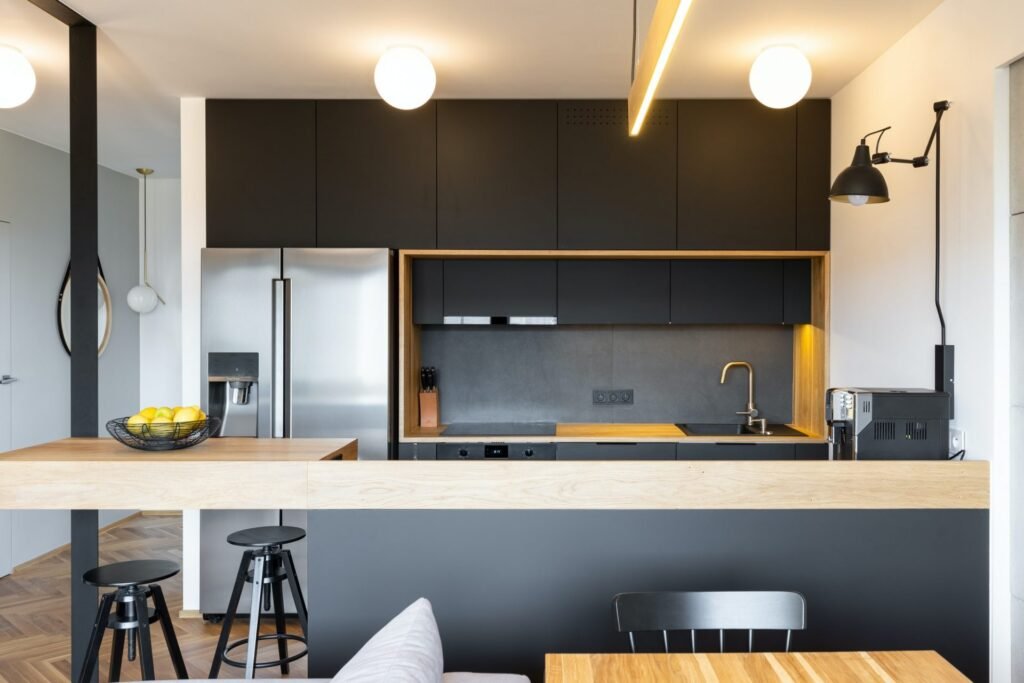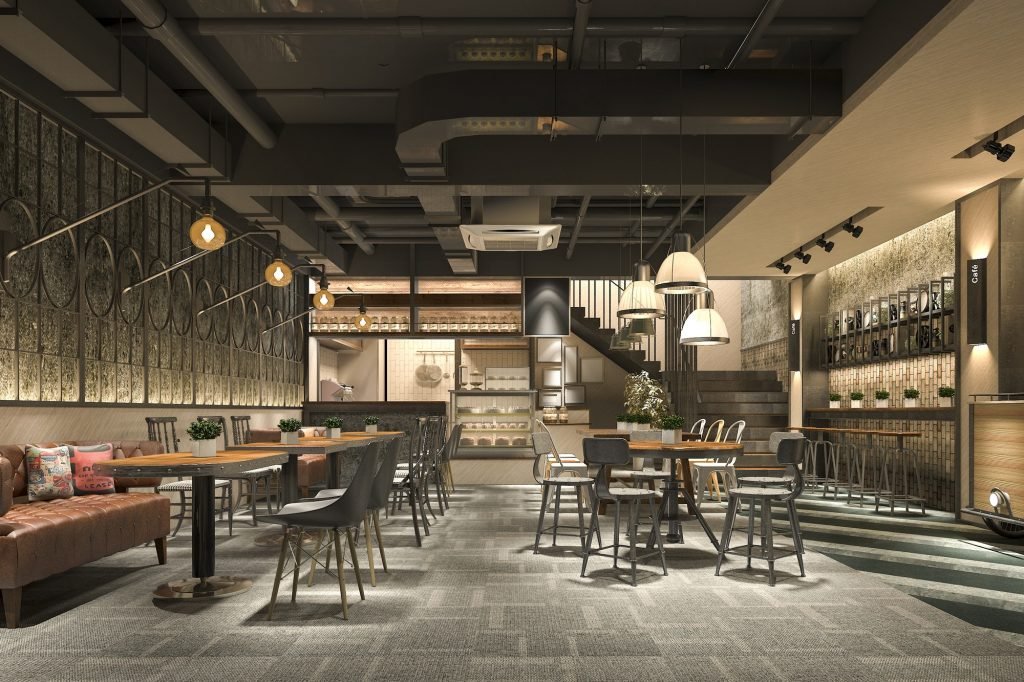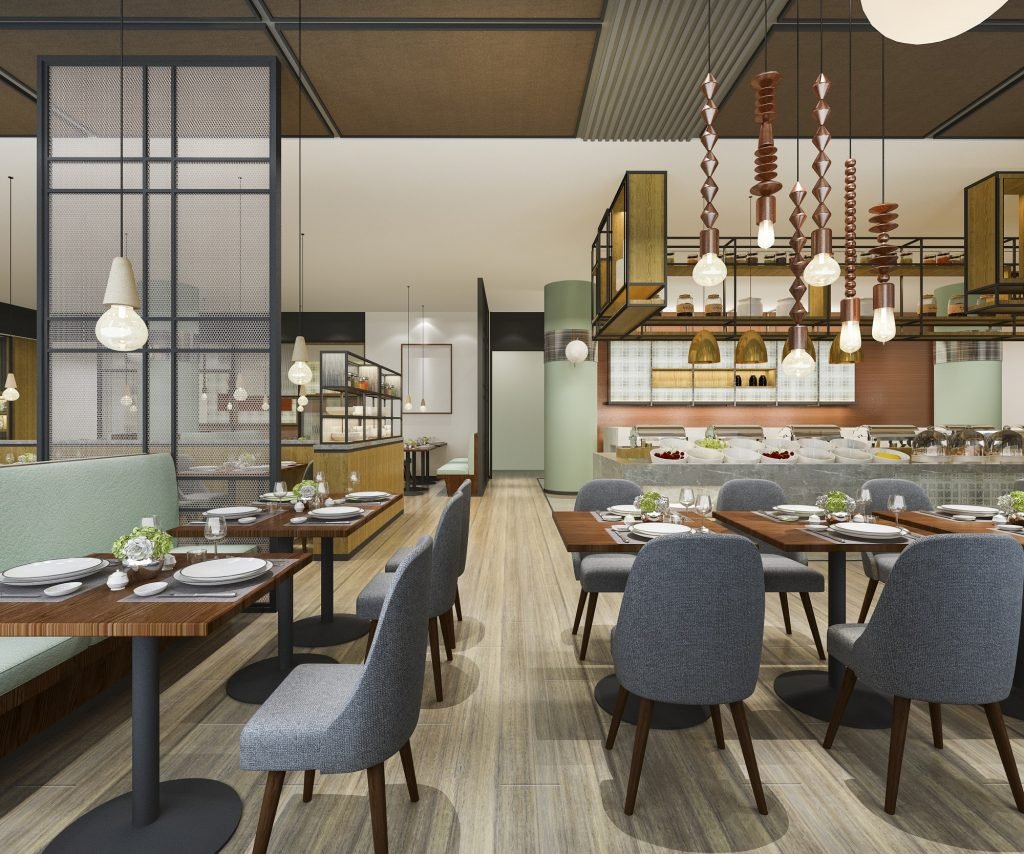When it comes to home improvement, few projects can transform a space quite like a bathroom remodel. Whether you’re looking to enhance functionality, increase your home’s value, or simply create a more aesthetically pleasing environment, a bathroom remodel can achieve all of these goals. If you’re a New Yorker considering a bathroom remodel in Chicago, this guide will provide you with everything you need to know, from planning and budgeting to design trends and contractor selection.
Understanding the Importance of a Bathroom Remodel
Why Remodel Your Bathroom?
The bathroom is one of the most frequently used spaces in any home. Over time, wear and tear can lead to outdated fixtures, inefficient layouts, and a lack of modern amenities. Here are some compelling reasons to consider a bathroom remodel:
Increased Home Value: A well-executed bathroom remodel can significantly boost your home’s resale value. Potential buyers often prioritize updated bathrooms, making this investment worthwhile.
Enhanced Functionality: A remodel allows you to reconfigure the space to better suit your needs. Whether it’s adding storage, improving accessibility, or creating a more efficient layout, a remodel can enhance your daily routine.
Aesthetic Appeal: Outdated bathrooms can feel cramped and uninviting. A remodel provides an opportunity to create a fresh, modern look that reflects your personal style.
Energy Efficiency: Upgrading to energy-efficient fixtures and appliances can reduce your utility bills and minimize your environmental impact.
Improved Safety: If you have young children or elderly family members, a remodel can address safety concerns by incorporating features like non-slip flooring, grab bars, and walk-in showers.
The Chicago Bathroom Remodeling Market
While your primary focus may be on remodeling your bathroom in Chicago, it’s essential to understand the local market dynamics. Chicago is known for its diverse architectural styles, from historic brownstones to modern high-rises. This diversity influences bathroom design trends and remodeling costs.
Popular Bathroom Styles in Chicago
Modern Minimalism: Clean lines, neutral colors, and sleek fixtures characterize this style. It’s perfect for those who appreciate simplicity and functionality.
Industrial Chic: Exposed brick, metal accents, and vintage fixtures create a unique, urban feel. This style is popular in lofts and converted warehouses.
Classic Elegance: Traditional designs with ornate details, such as clawfoot tubs and intricate tile work, appeal to those who love timeless aesthetics.
Spa-Like Retreats: Many homeowners are opting for bathrooms that resemble luxurious spas, complete with soaking tubs, rainfall showers, and calming color palettes.
Planning Your Bathroom Remodel
Setting a Budget
Before diving into the design process, it’s crucial to establish a budget. Bathroom remodels can vary significantly in cost, depending on factors such as size, materials, and labor. Here are some tips for budgeting your remodel:
Determine Your Priorities: Identify which aspects of the remodel are most important to you. Are you focused on high-end finishes, or is functionality your primary concern?
Research Costs: Gather estimates for materials and labor. Websites like HomeAdvisor and Angie’s List can provide insights into average costs in the Chicago area.
Include a Contingency Fund: Unexpected expenses often arise during remodeling projects. Set aside 10-20% of your budget for contingencies.
Choosing the Right Contractor
Selecting a qualified contractor is one of the most critical steps in the remodeling process. Here are some tips for finding the right professional for your project:
Research Local Contractors: Look for contractors with experience in bathroom remodeling in Chicago. Check online reviews, ratings, and portfolios of their previous work.
Get Multiple Quotes: Obtain estimates from at least three contractors to compare pricing and services. Ensure that each quote includes a detailed breakdown of costs.
Check Credentials: Verify that the contractor is licensed, insured, and bonded. This protects you from liability in case of accidents or damages during the project.
Ask for References: Request references from past clients and follow up with them to gauge their satisfaction with the contractor’s work.
Review Contracts Carefully: Before signing, ensure that the contract outlines the scope of work, timeline, payment schedule, and warranty information.
Designing Your Dream Bathroom
Once you’ve set a budget and chosen a contractor, it’s time to start designing your bathroom. Here are some key elements to consider:
Layout and Space Planning
The layout of your bathroom is crucial for both functionality and aesthetics. Consider the following:
Traffic Flow: Ensure that the layout allows for easy movement between fixtures. Avoid placing the toilet in a position that obstructs access to the sink or shower.
Zoning: Create distinct zones for different activities, such as bathing, grooming, and storage. This can enhance the overall functionality of the space.
Storage Solutions: Incorporate built -in shelves, cabinets, and vanities to maximize storage without sacrificing style. Consider vertical storage options to make the most of limited space.
Selecting Materials and Finishes
The materials and finishes you choose will significantly impact the look and feel of your bathroom. Here are some popular options:
Flooring: Porcelain and ceramic tiles are durable and water-resistant, making them ideal for bathrooms. Consider heated flooring for added comfort during colder months.
Countertops: Quartz and granite are popular choices for countertops due to their durability and aesthetic appeal. They come in various colors and patterns, allowing for customization.
Cabinetry: Choose cabinetry that complements your overall design theme. Shaker-style cabinets offer a classic look, while flat-panel cabinets provide a modern touch.
Fixtures: Invest in high-quality faucets, showerheads, and lighting fixtures. Look for water-efficient options to promote sustainability.
Wall Treatments: Paint, wallpaper, or tile can dramatically change the ambiance of your bathroom. Consider moisture-resistant paint or tiles for areas prone to humidity.
Incorporating Technology
Modern bathrooms often incorporate technology to enhance convenience and comfort. Here are some tech-savvy features to consider:
Smart Showers: Digital shower systems allow you to control water temperature and flow with precision, often via a smartphone app.
Heated Towel Racks: Enjoy the luxury of warm towels after a shower with heated towel racks that add a touch of spa-like comfort.
Smart Mirrors: Mirrors with built-in LED lighting, anti-fog features, and Bluetooth connectivity can elevate your grooming experience.
Automated Lighting: Smart lighting systems can be programmed to adjust based on the time of day or your preferences, enhancing both functionality and ambiance.
Navigating the Remodeling Process
Timeline for Your Bathroom Remodel
Understanding the timeline for your bathroom remodel can help you plan accordingly. Here’s a general outline of the remodeling process:
Design Phase (2-4 weeks): Work with your contractor to finalize the design, select materials, and obtain necessary permits.
Demolition (1 week): The existing bathroom will be stripped down to its studs, removing old fixtures, tiles, and cabinetry.
Plumbing and Electrical (1-2 weeks): Any necessary plumbing and electrical work will be completed, including moving fixtures or upgrading wiring.
Installation (2-4 weeks): New fixtures, cabinetry, and finishes will be installed. This phase may take longer if custom elements are being built.
Final Touches (1 week): Once everything is installed, final touches such as painting, caulking, and cleaning will be completed.
Managing Disruptions
A bathroom remodel can be disruptive, especially if it’s your only bathroom. Here are some tips for managing the inconvenience:
Plan for Alternatives: If possible, arrange for alternative bathing and grooming options, such as using a friend’s or family member’s bathroom.
Communicate with Your Contractor: Maintain open communication with your contractor to stay informed about the timeline and any potential delays.
Set Up a Temporary Space: Create a temporary space for essential items like toiletries and towels to make the transition smoother.
Post-Remodel Considerations
Maintaining Your New Bathroom
Once your bathroom remodel is complete, proper maintenance will ensure it remains in excellent condition. Here are some maintenance tips:
Regular Cleaning: Establish a cleaning routine to prevent mold and mildew buildup. Use non-abrasive cleaners to protect surfaces.
Check for Leaks: Periodically inspect plumbing fixtures for leaks or signs of water damage. Address any issues promptly to prevent costly repairs.
Re-grouting and Sealing: Over time, grout can wear down. Re-grout and seal tiles as needed to maintain their appearance and prevent water damage.
Enjoying Your New Space
Take the time to enjoy your newly remodeled bathroom. Consider adding personal touches such as artwork, plants, or decorative accessories to make the space feel uniquely yours.
FAQs About On Remodel Bathroom Chicago
Q. How much does a bathroom remodel in Chicago typically cost?
Ans: The cost can vary widely based on the scope of the project, but on average, homeowners can expect to spend between $10,000 and $25,000.
Q. How long does a bathroom remodel take?
Ans: A typical bathroom remodel can take anywhere from 4 to 8 weeks, depending on the complexity of the project.
Q. Do I need a permit for my bathroom remodel? Ans: Yes, most bathroom remodels require permits, especially if you are making structural changes or altering plumbing and electrical systems.
Q. What are some popular bathroom design trends in Chicago?
Ans: Current trends include spa-like retreats, modern minimalism, and industrial chic designs, with a focus on sustainable materials and smart technology integration.
Q. Can I remodel my bathroom on a budget?
Ans: Yes, you can remodel on a budget by prioritizing essential updates, opting for cost-effective materials, and considering DIY options for certain tasks.
Q. What should I look for in a bathroom contractor?
Ans: Look for experience, positive reviews, proper licensing and insurance, and a portfolio of completed projects that align with your vision.
Q. How can I make my small bathroom feel larger? Ans: Use light colors, large mirrors, and space-saving fixtures. Consider vertical storage solutions and avoid bulky furniture to create an open feel.
Q. What are some energy-efficient upgrades I can make?
Ans: Consider installing low-flow toilets, water-efficient faucets, LED lighting, and energy-efficient ventilation fans to reduce energy consumption.
Q. How do I choose the right materials for my bathroom?
Ans: Consider durability, maintenance, and aesthetics. Research materials that are moisture-resistant and suitable for high-traffic areas.
Q. What are the benefits of hiring a designer for my bathroom remodel?
Ans: A designer can help you maximize space, create a cohesive look, and provide access to resources and materials that may not be available to the average homeowner.
Final Thoughts On Remodel Bathroom Chicago
Remodeling your bathroom in Chicago can be a rewarding endeavor that enhances both your home’s value and your daily living experience. By understanding the local market, setting a realistic budget, and carefully planning your design, you can create a space that meets your needs and reflects your personal style. Whether you opt for a modern minimalist look or a classic elegant design, the key is to ensure that your new bathroom is functional, beautiful, and tailored to your lifestyle. With the right approach and a qualified contractor, your dream bathroom is within reach.


